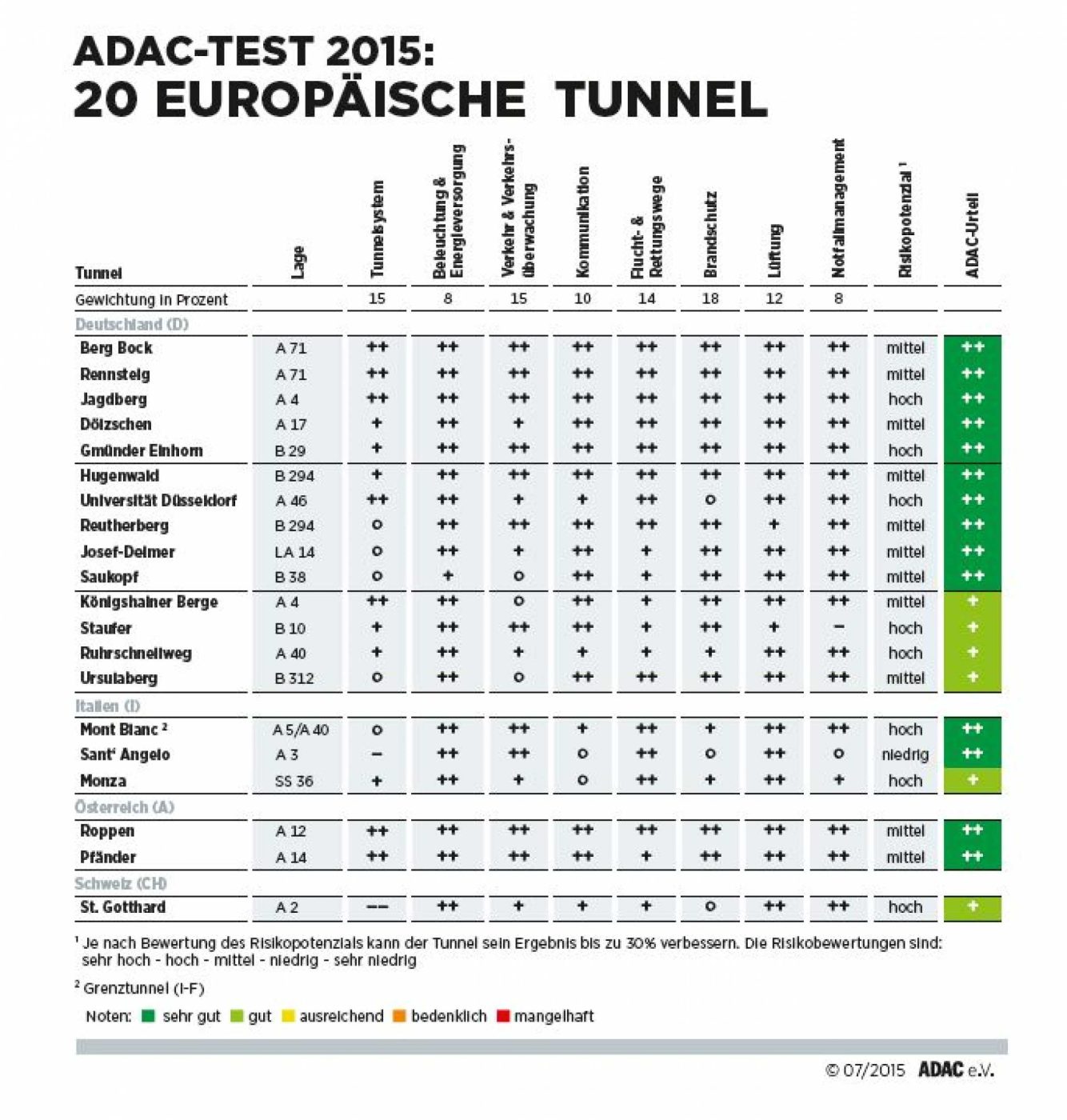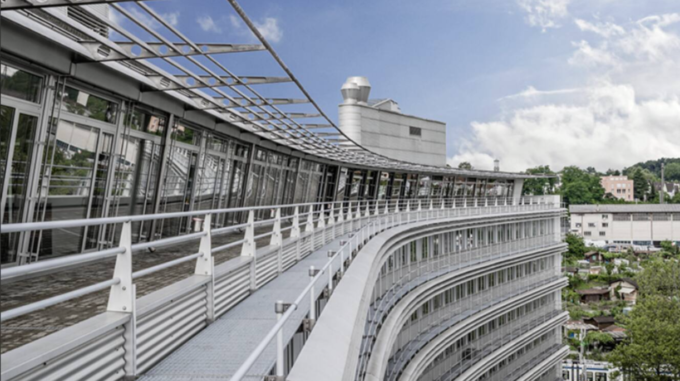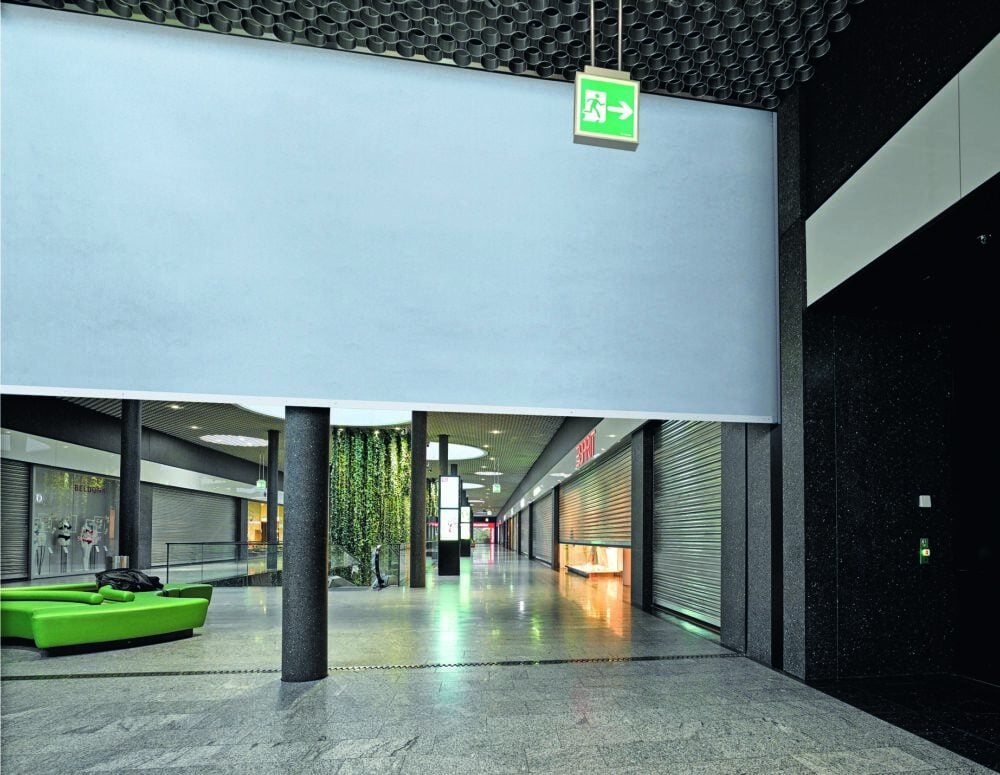Tunnel test: Gotthard "only" with grade "good
The ADAC automobile club tested the 20 most important tunnels in Europe in terms of safety. The overall result is pleasing, with only the Gotthard tube receiving a "good" rating.

The results of the ADAC tunnel test.
The ADAC-The first tunnel test delivered the best result in its history: 14 times, the experts awarded the grade "very good", six tunnels were rated "good". Not one of the 20 tunnels tested received a worse rating.
First to the "test loser": The Gotthard tunnel scored the least points, but still the grade "good". The biggest shortcoming of the almost 17 km long tunnel: There is only one tube that is operated in two-way traffic. A large proportion of trucks, with a traffic load of around 17,500 vehicles per day, and the long inclines in front of the tunnel contribute to a potentially high risk, according to the ADAC.
Not a second Gotthard tube, but modern technologies will make the Gotthard safer and cheaper. This is what experts from the Swiss Transport Club (VCS) recently stated. Because already today, and even more so in a few years, cars and trucks are equipped with smart technologies that would virtually eliminate collisions (see Technical Papers).
How can the Gotthard tunnel, which has a "good" rating, be made safer? Specifically, the VCS proposes, in addition to the Thermoportal in Airolo, there is also one at the north entrance to the Gotthard road tunnel that detects and stops overheated vehicles. The installation of a retractable center guard rail is intended to prevent collisions, as is a speed reduction in the tunnel from 80 to 60 km/h and the equipping of new trucks and later all vehicles with smart technology such as lane-keeping systems, emergency brake assistance and distance control.
Best in class with own fire department
Back to the ADAC tunnel test: The German "Berg Bock" tunnel on the A71 (Erfurt - Schweinfurt) near Suhl placed best in class. The two tubes, opened in 2002 and just under 3 km long, have well-marked escape and rescue routes into which smoke cannot penetrate, plus seamless video surveillance and emergency call stations with fire extinguishers that are protected against noise. In addition, the tunnel has an automatic fire alarm system, passable escape routes and continuous radio communication, well-trained staff and even its own fire department, as the ADAC writes.
Despite the positive overall result, the testers also noted individual shortcomings. For example, the walls of half of the tunnels were not painted brightly. In a quarter, traffic jammed daily during the week. In just as many, communication via emergency calls was difficult due to unshielded traffic noise. The often too short duration of use of breathing apparatus for firefighters is also a problem.










